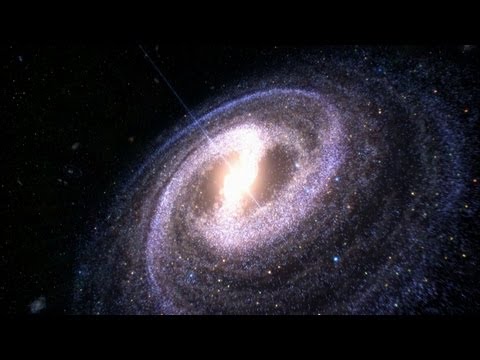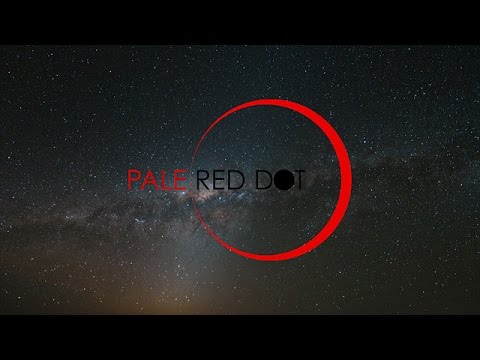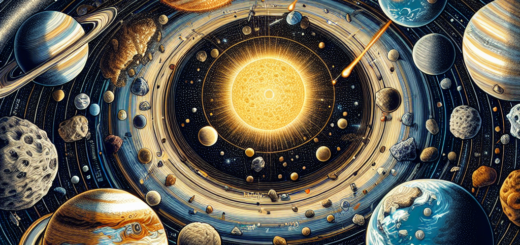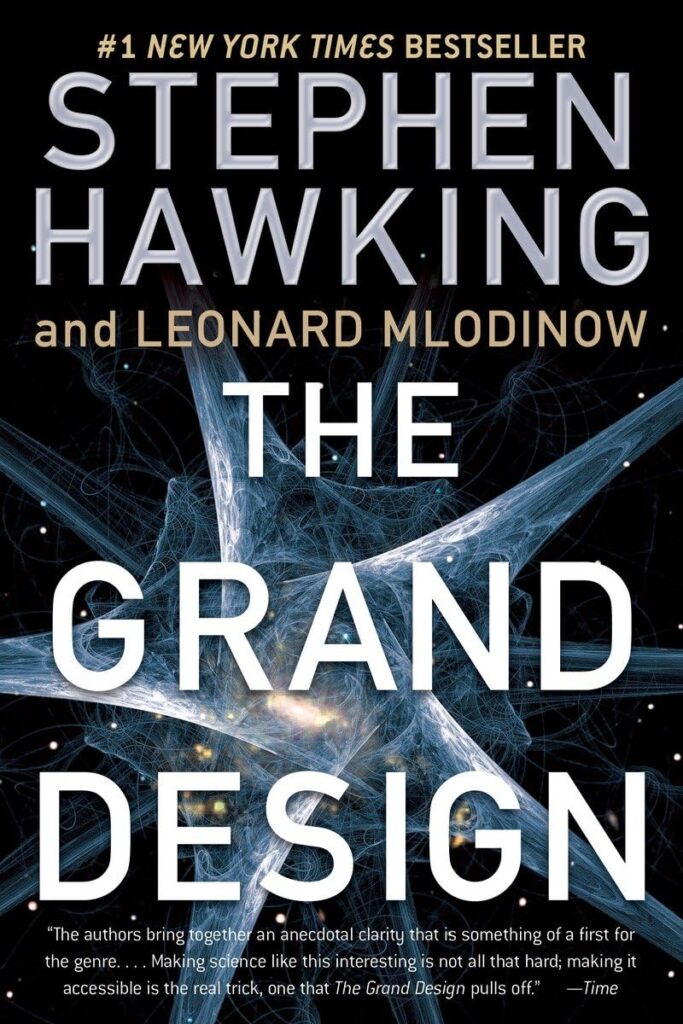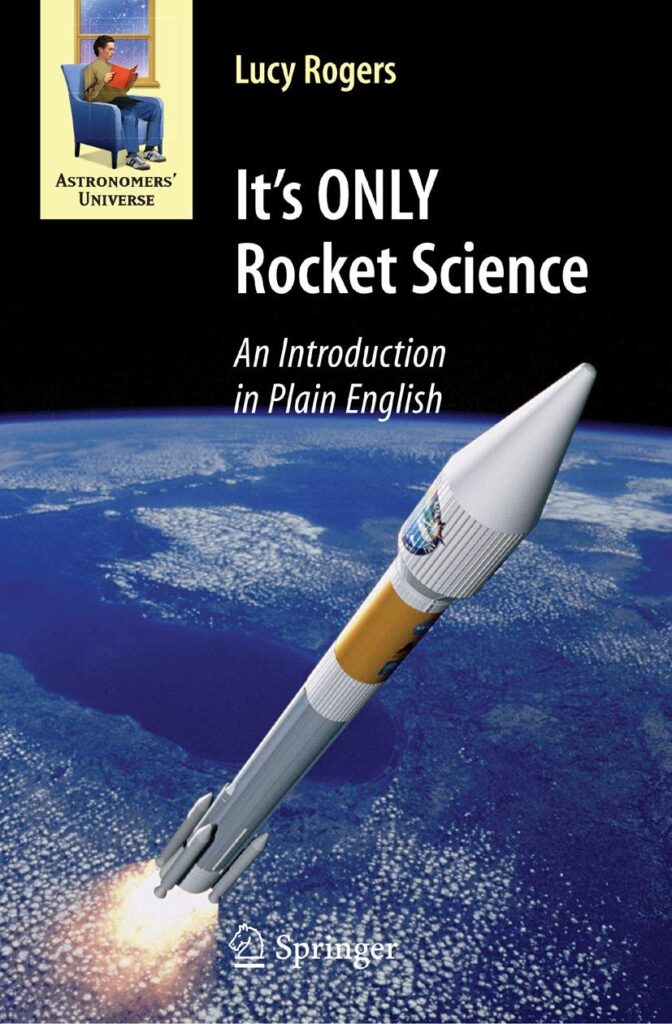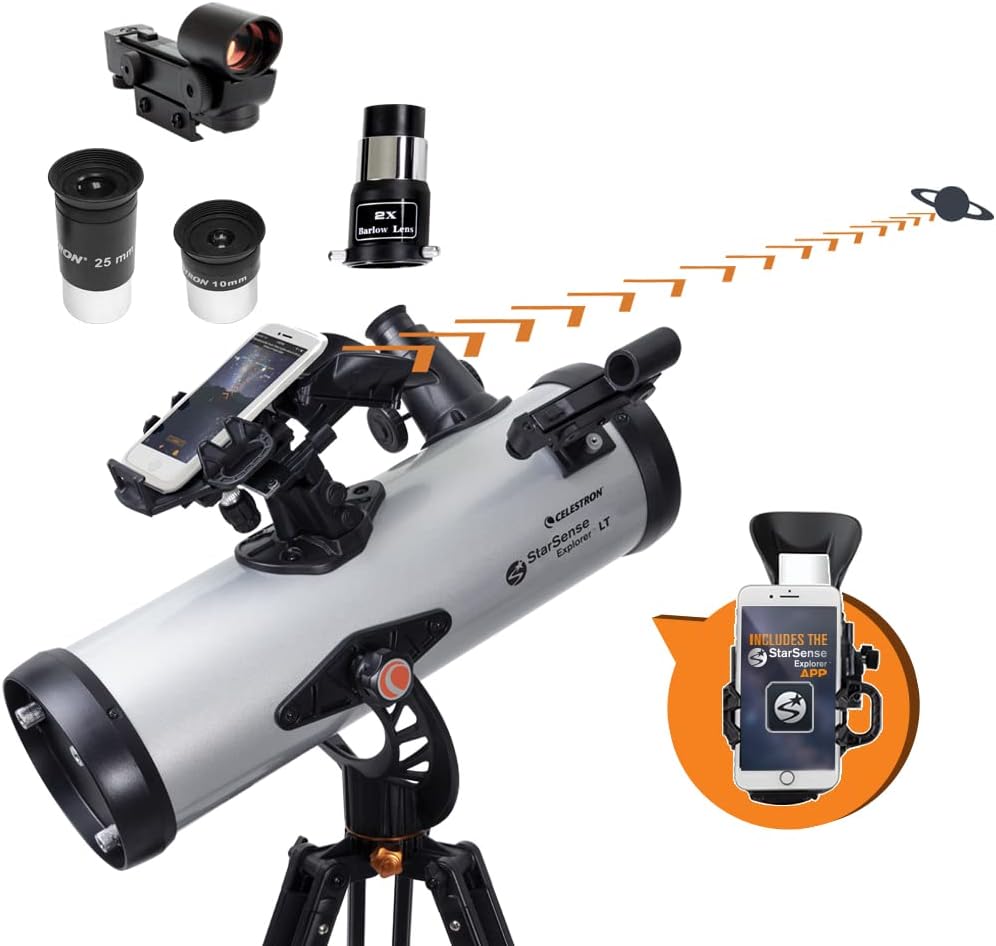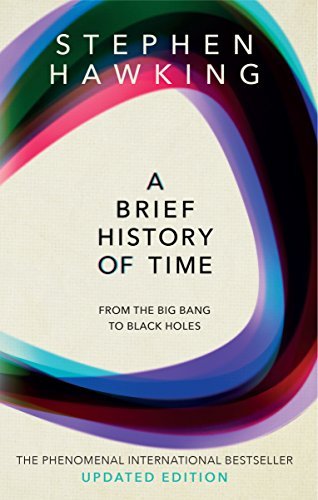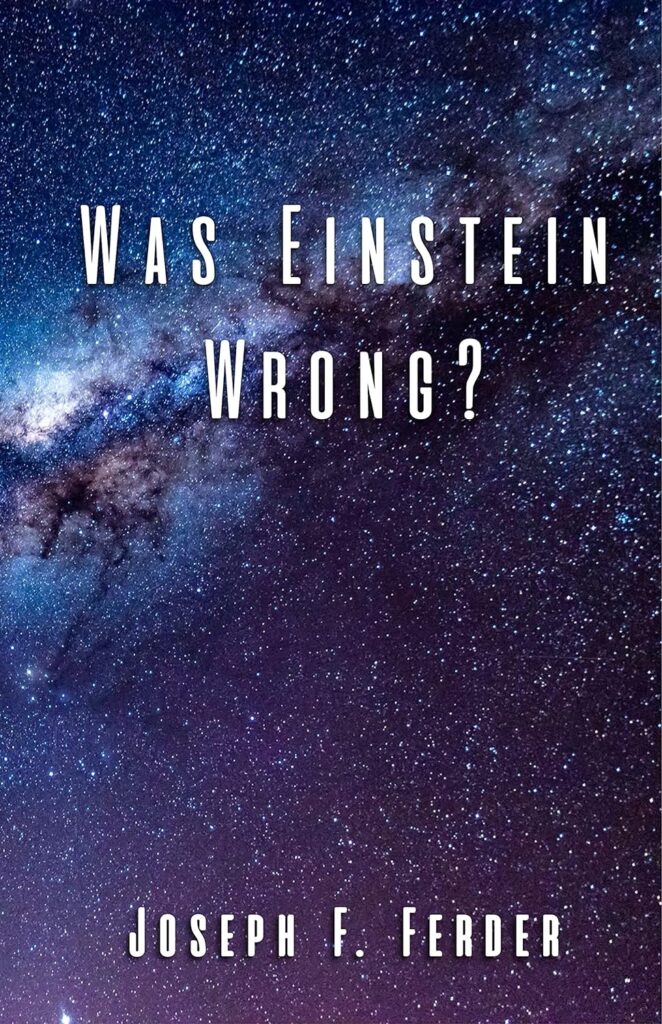Navigating the Fourth Dimension: A Beginner’s Guide to Space-Time
Space-time is a complex and fascinating concept that plays a crucial role in our understanding of the universe. This four-dimensional continuum combines the three dimensions of space with the dimension of time, creating a framework in which events and objects are located and measured. Navigating the fourth dimension can be a daunting task for beginners, but with a basic understanding of the concept, anyone can start to grasp the intricacies of space-time.
One of the key concepts to understand when navigating the fourth dimension is the idea that time is not separate from space, but rather intertwined with it. This means that an event in space can be located not only by its three-dimensional coordinates, but also by its position in time. Just as we can move in three dimensions in space, we also move forward in time at a constant rate.
Another important aspect of space-time is the concept of spacetime curvature, which was famously proposed by Albert Einstein in his theory of general relativity. According to this theory, massive objects like planets and stars create a curvature in space-time around them, which affects the motion of other objects in their vicinity. This curvature is what causes objects to move along curved paths in space, rather than in straight lines.
To visualize the concept of space-time curvature, imagine a rubber sheet stretched taut and then a heavy ball placed in the center. The ball creates a dent in the sheet, causing other objects placed on the sheet to roll towards it. This is a simplified representation of how massive objects warp space-time around them.
Navigating the fourth dimension also involves understanding the concept of spacetime intervals, which are used to measure the separation between events in space-time. These intervals can be classified as either time-like, space-like, or light-like, depending on the relationship between the events in question.
A time-like interval occurs when the separation between two events is such that they could be causally connected – that is, one event could have influenced the other. A space-like interval, on the other hand, occurs when the events are too far apart in space for any causal connection to exist. Finally, a light-like interval occurs when the events are separated by the distance that light can travel in a given amount of time.
In conclusion, navigating the fourth dimension of space-time may seem like a daunting task, but with a basic understanding of the concept and its key components, anyone can start to unravel the mysteries of the universe. By grasping the interconnectedness of space and time, the curvature of space-time, and the use of spacetime intervals, beginners can begin to explore the vast and complex realm of the fourth dimension. So grab your compass and start exploring – the possibilities are endless!

